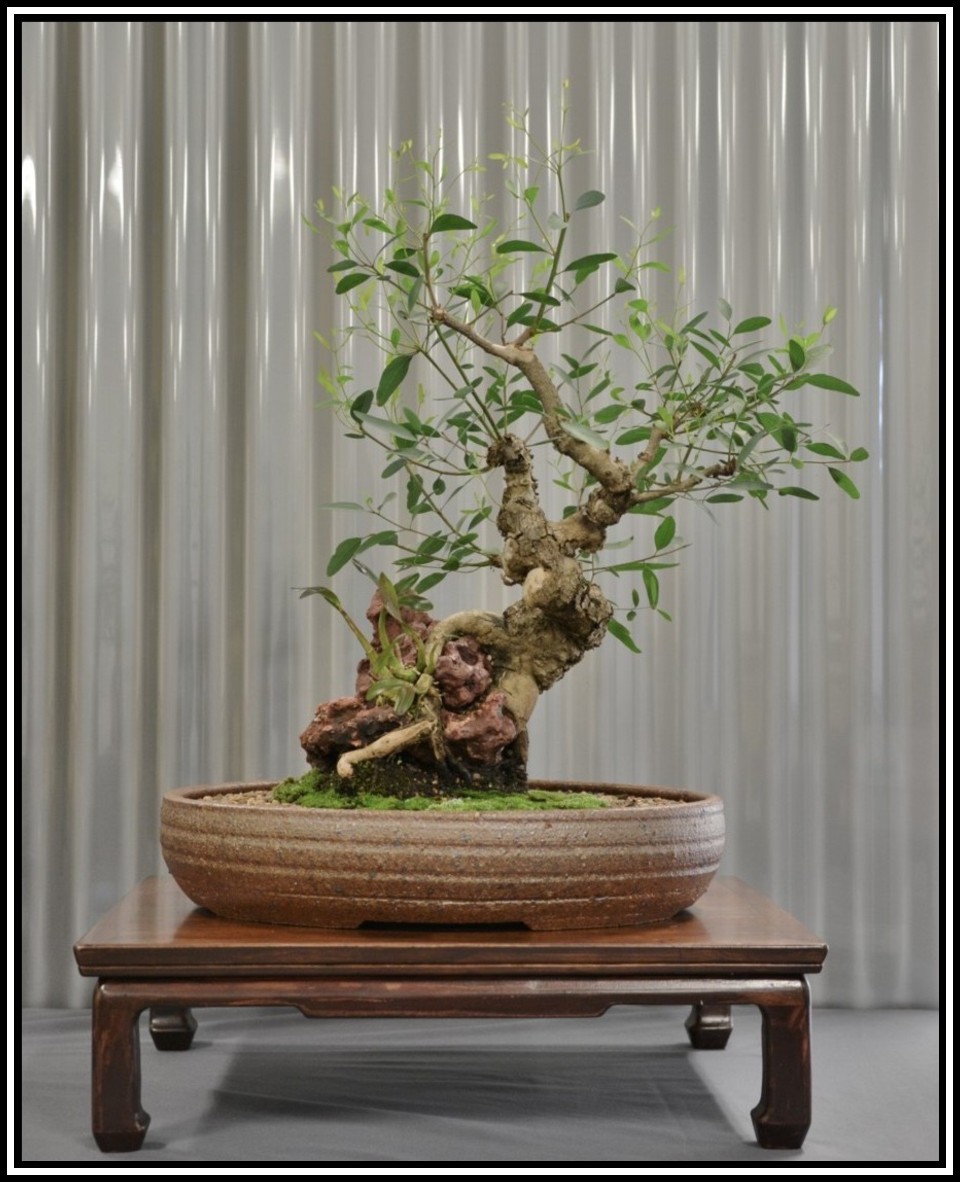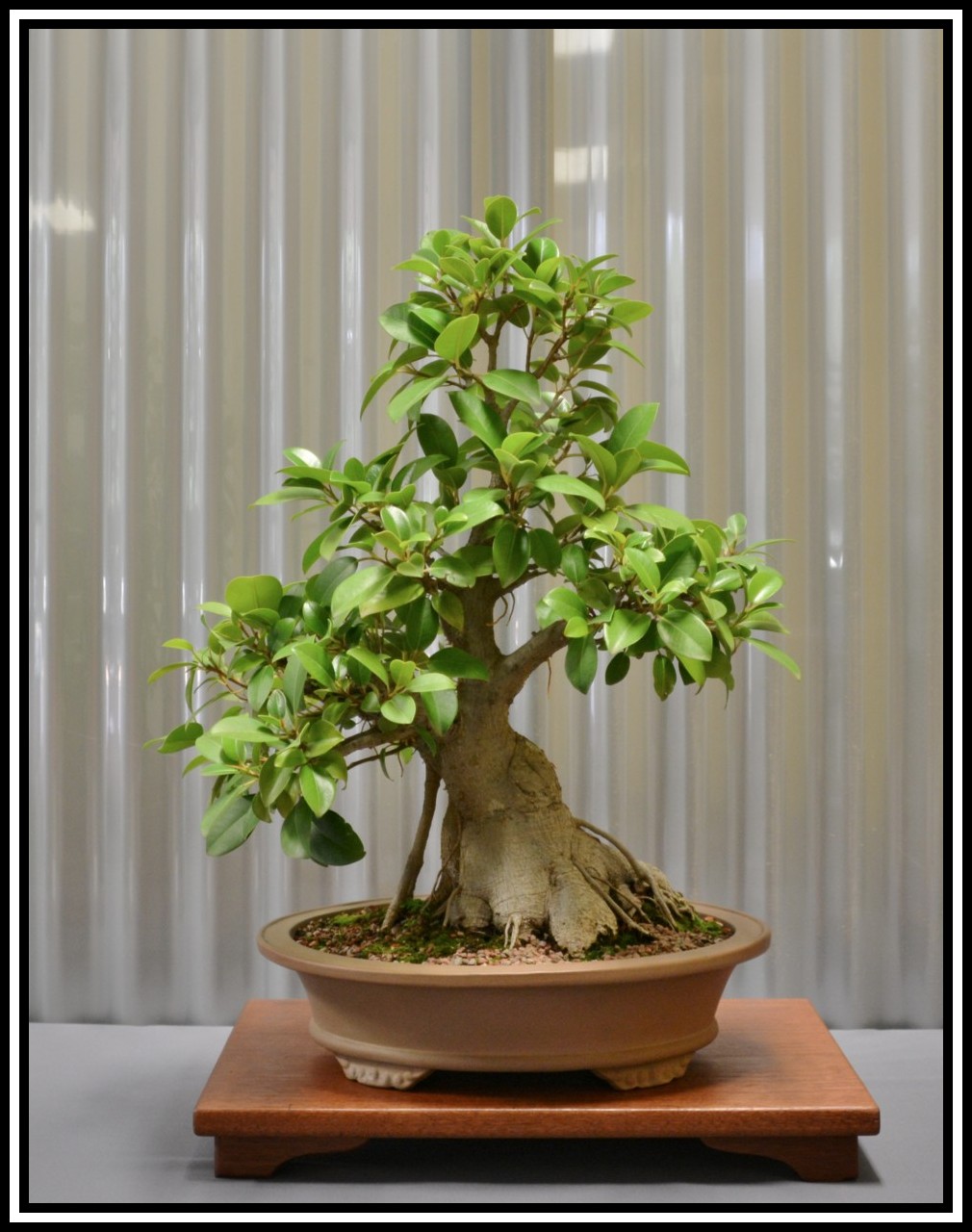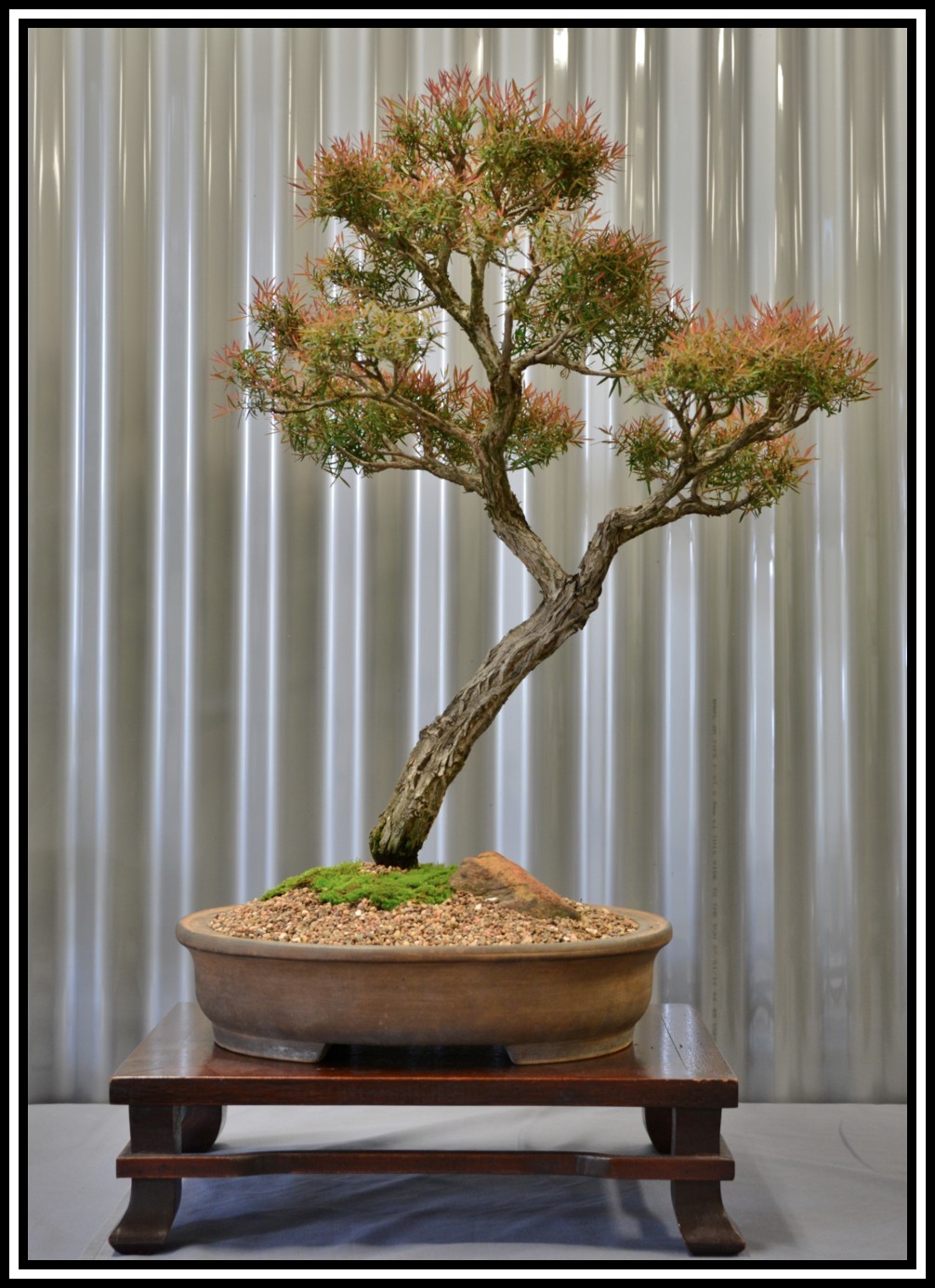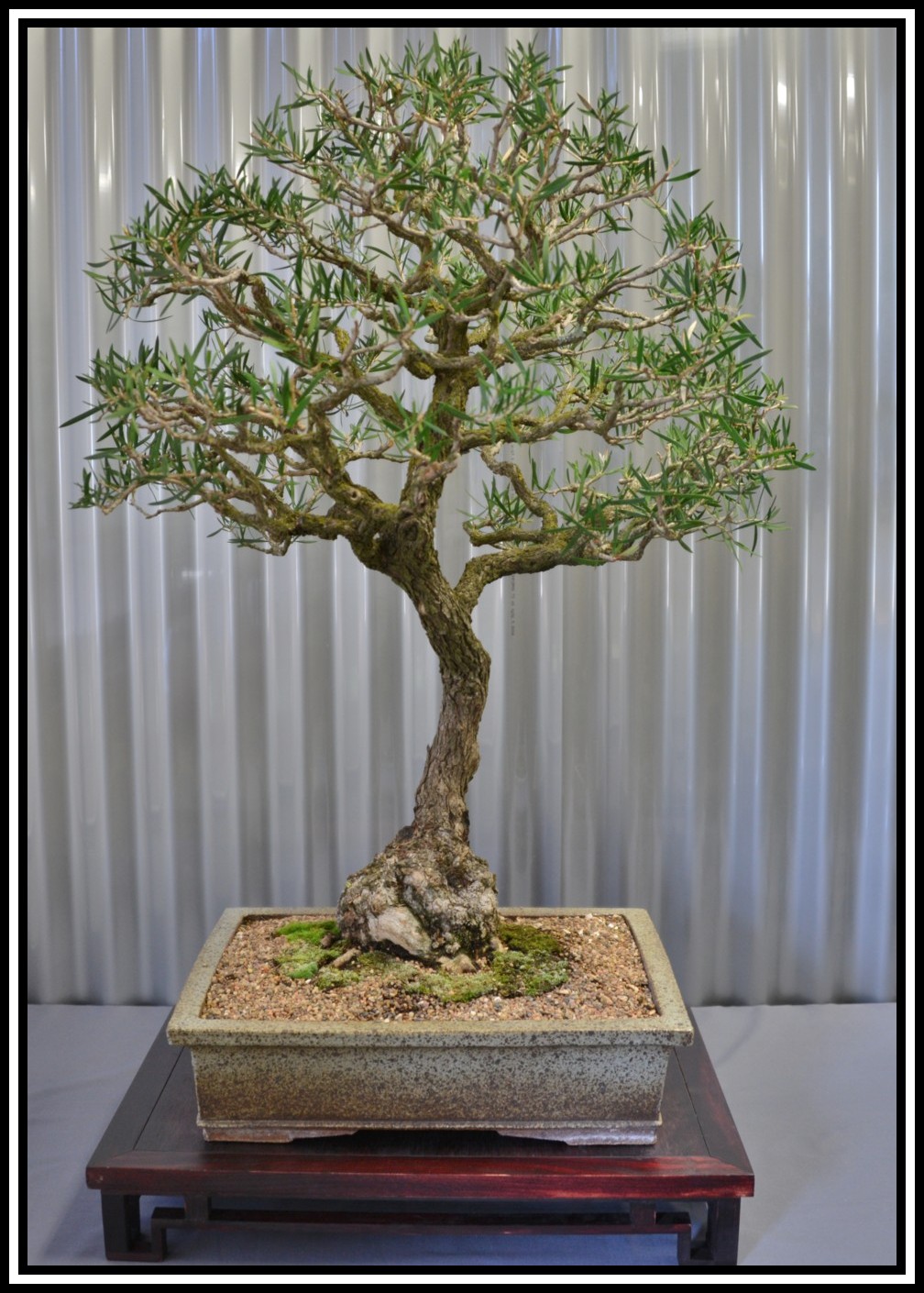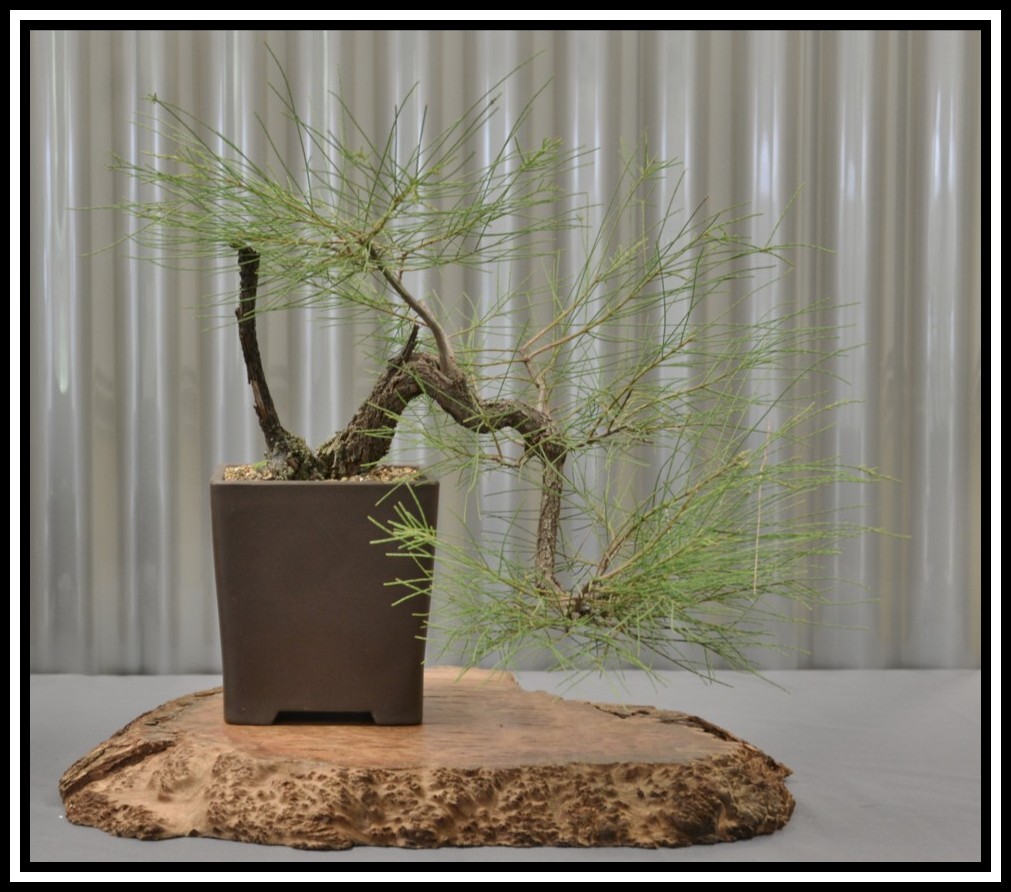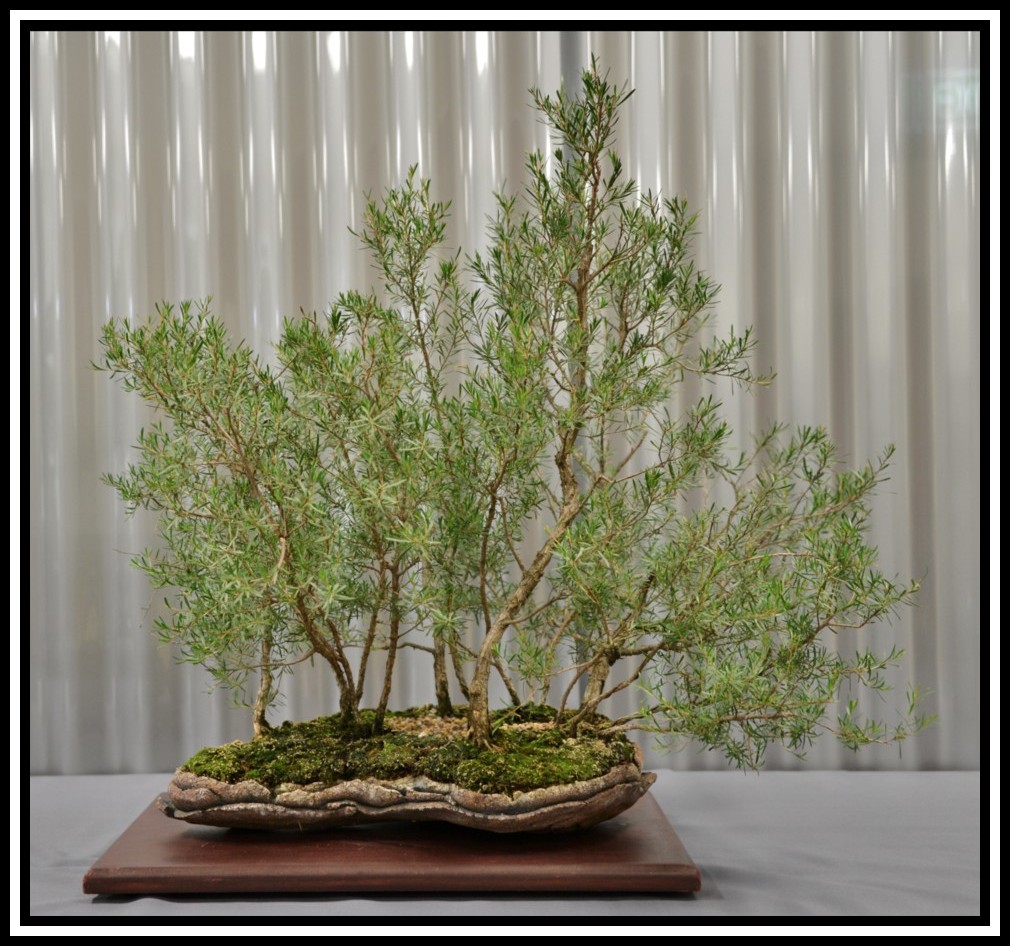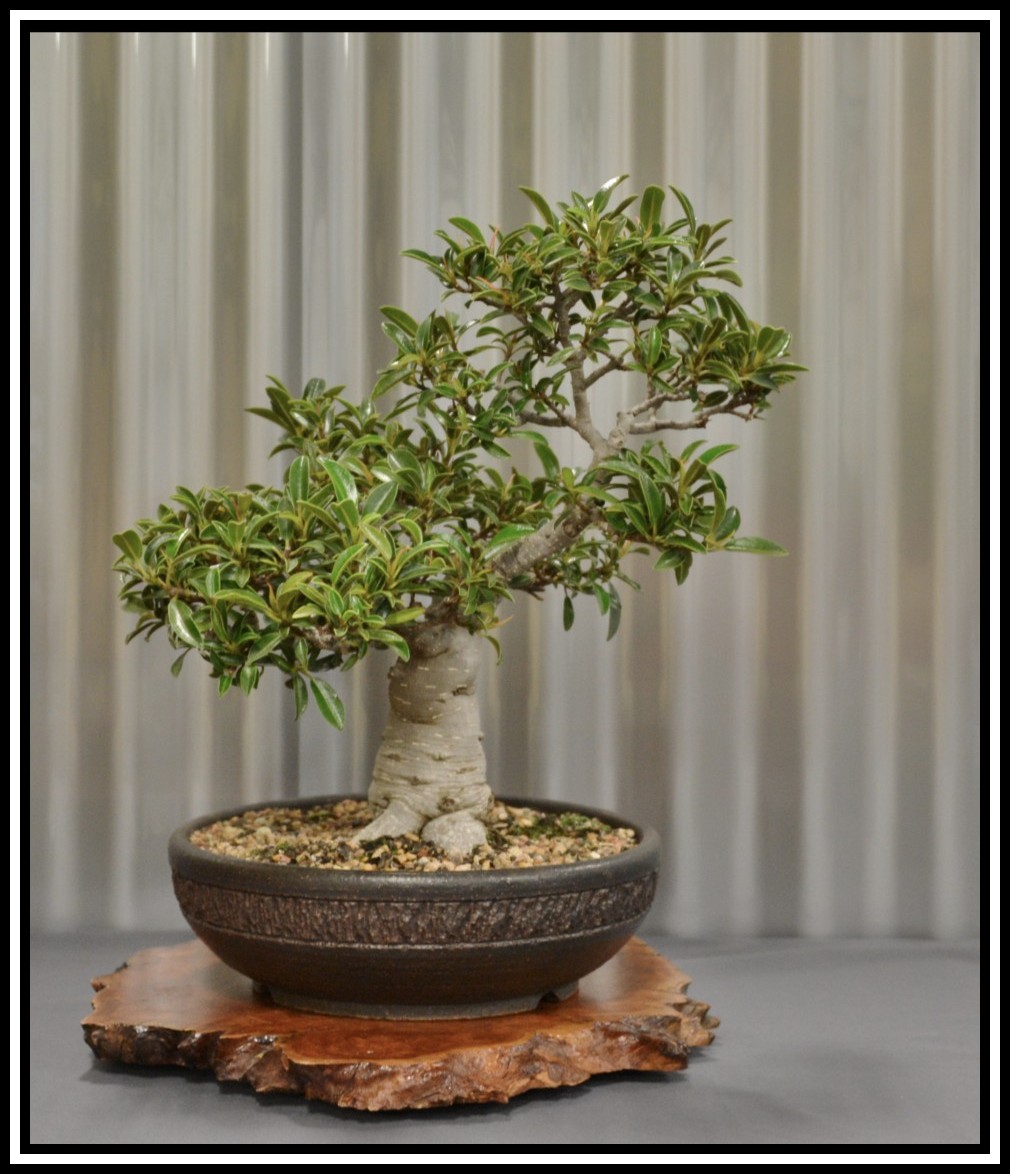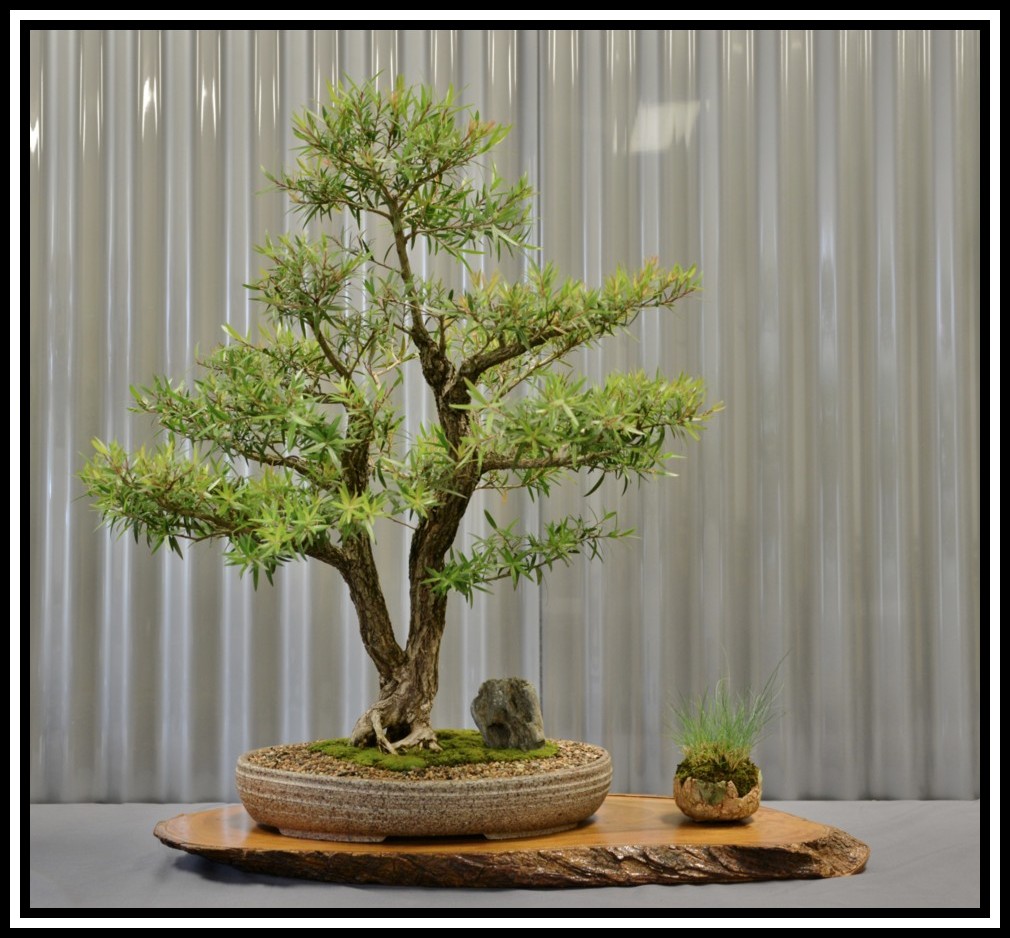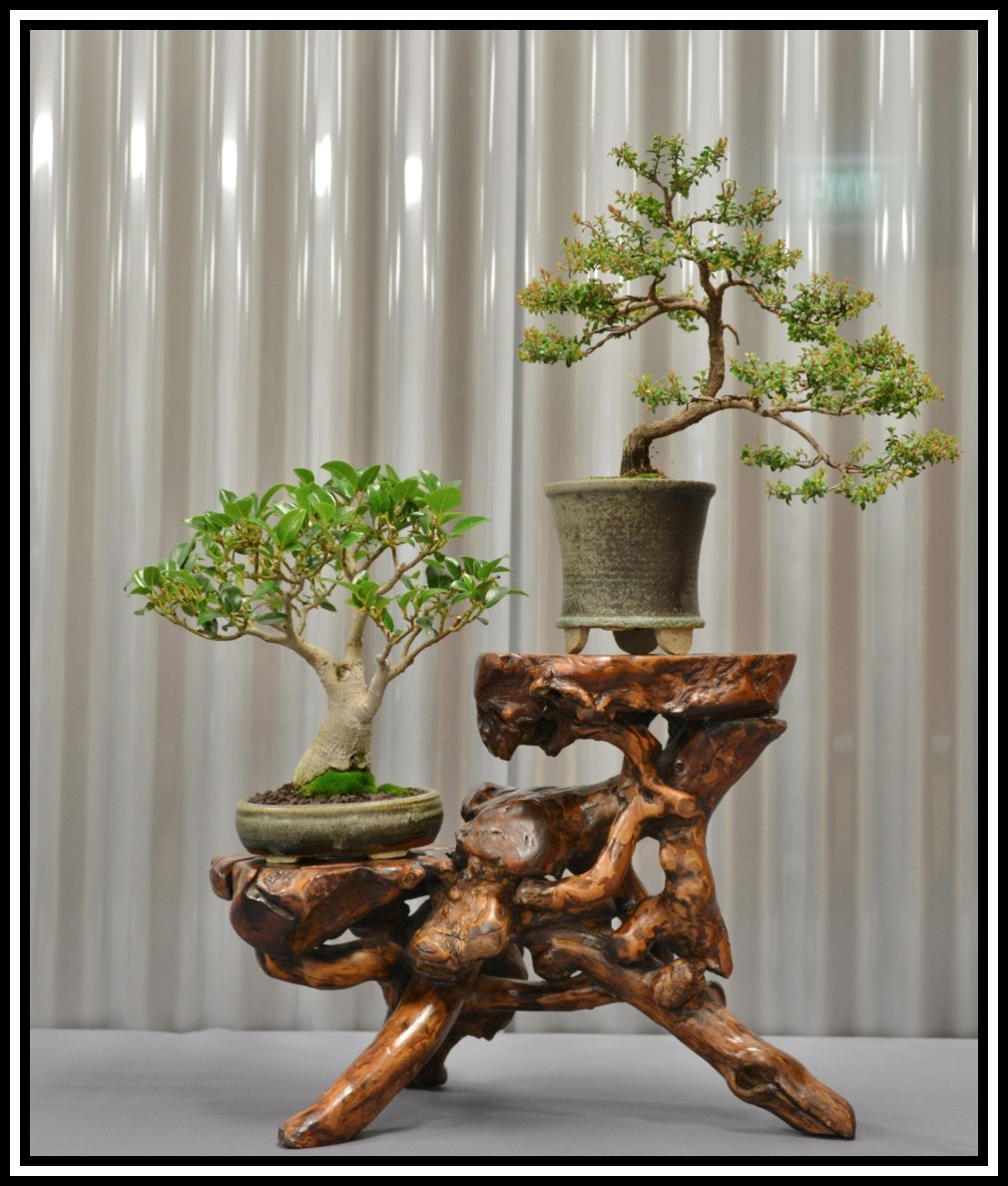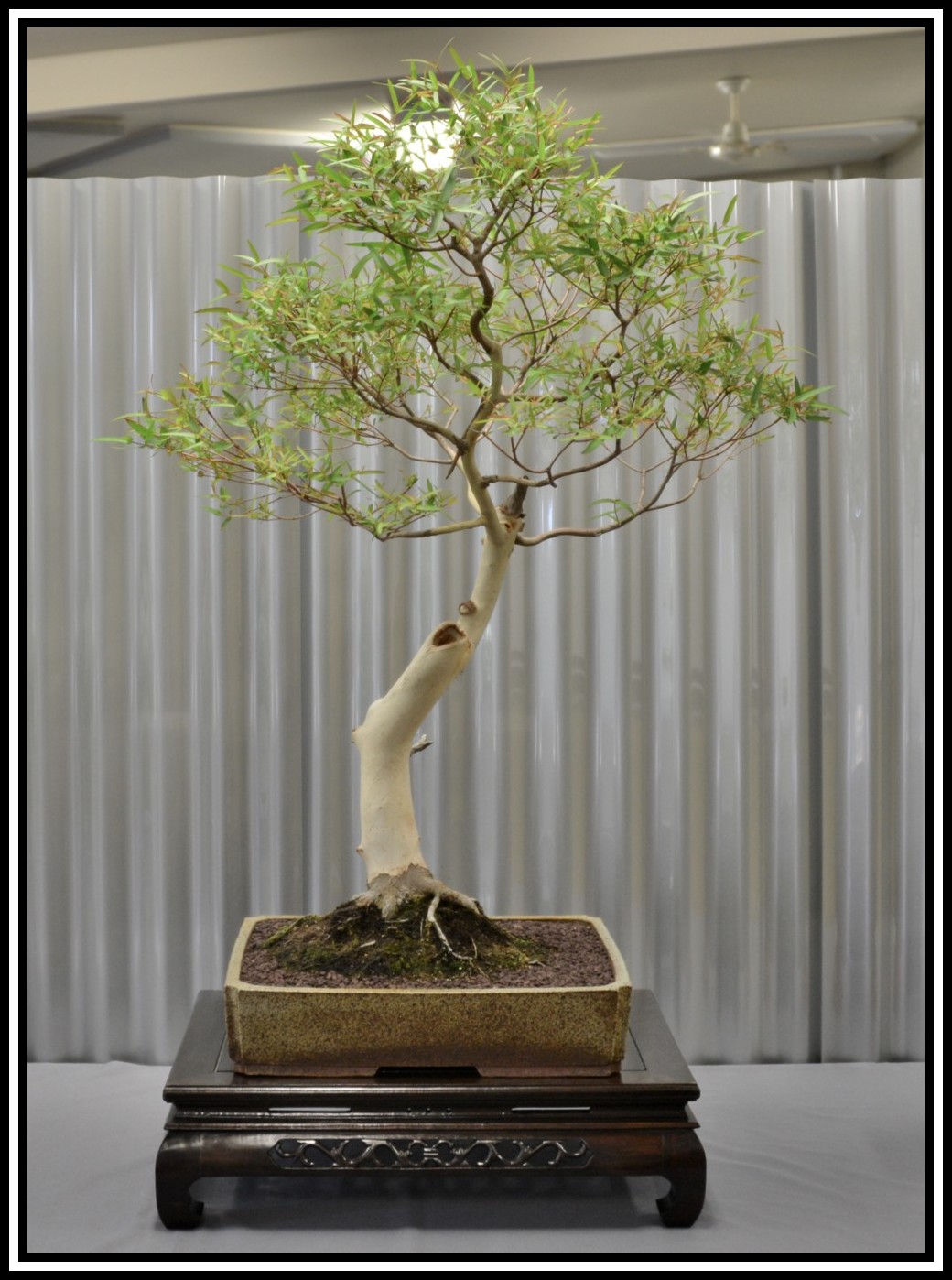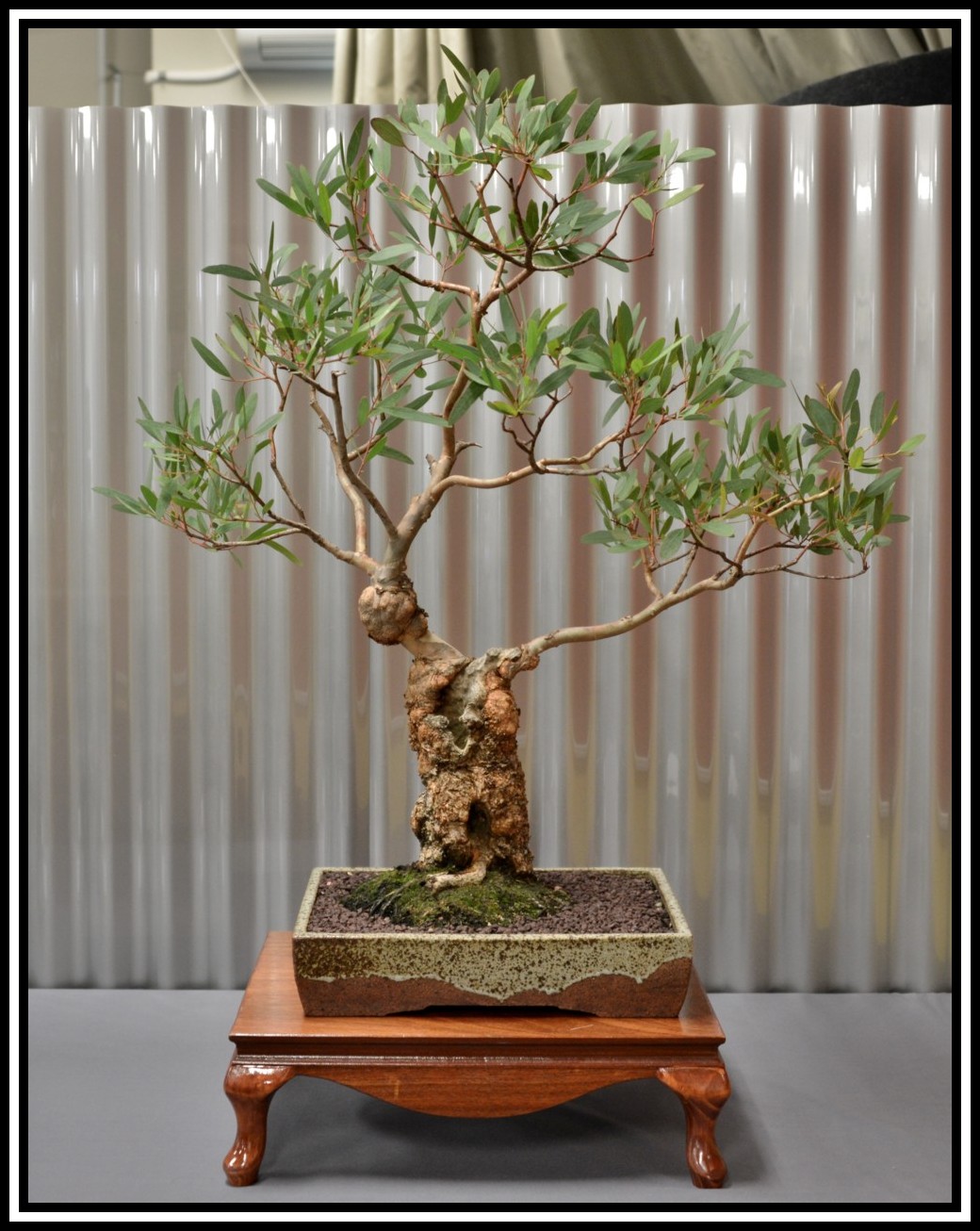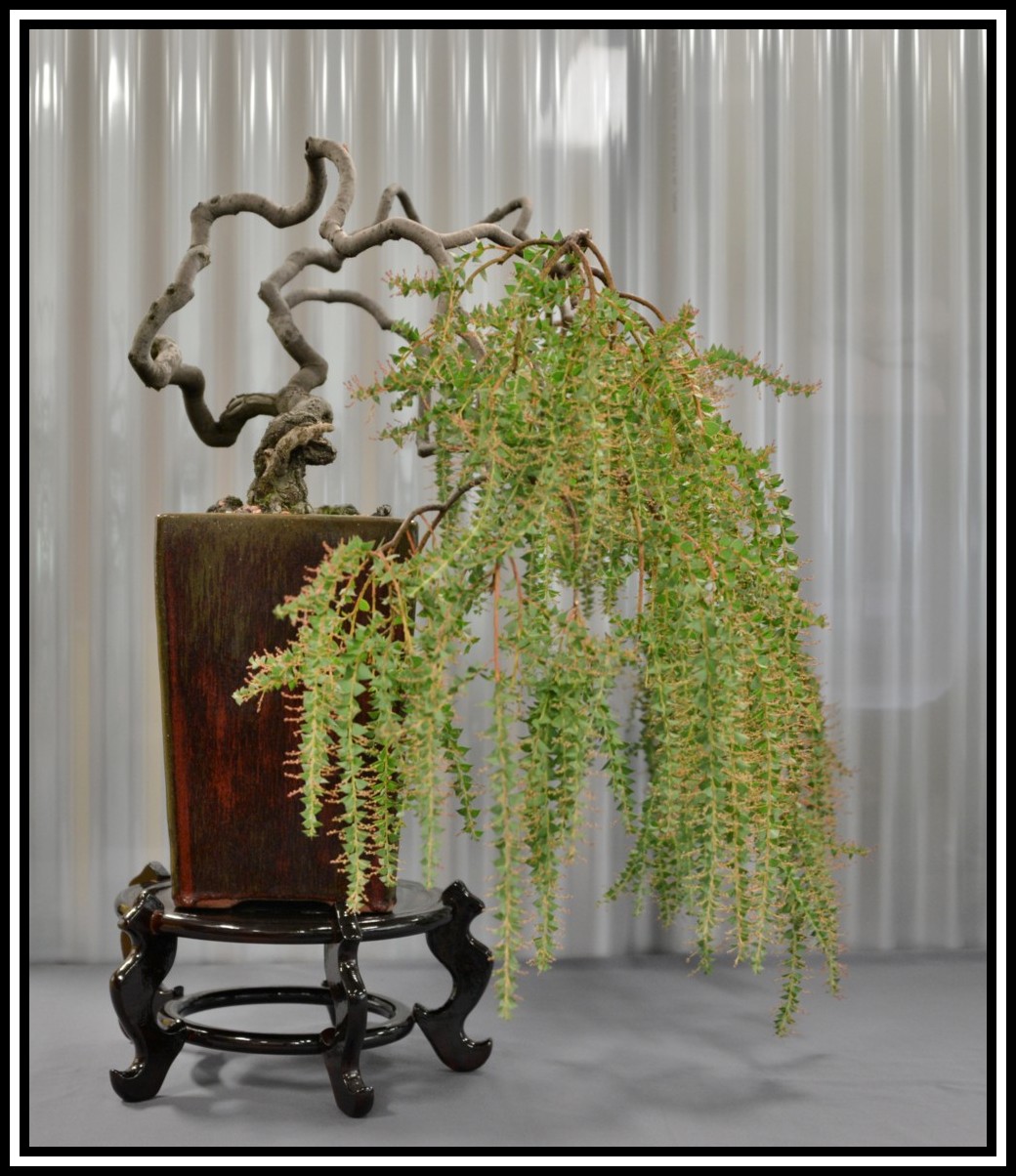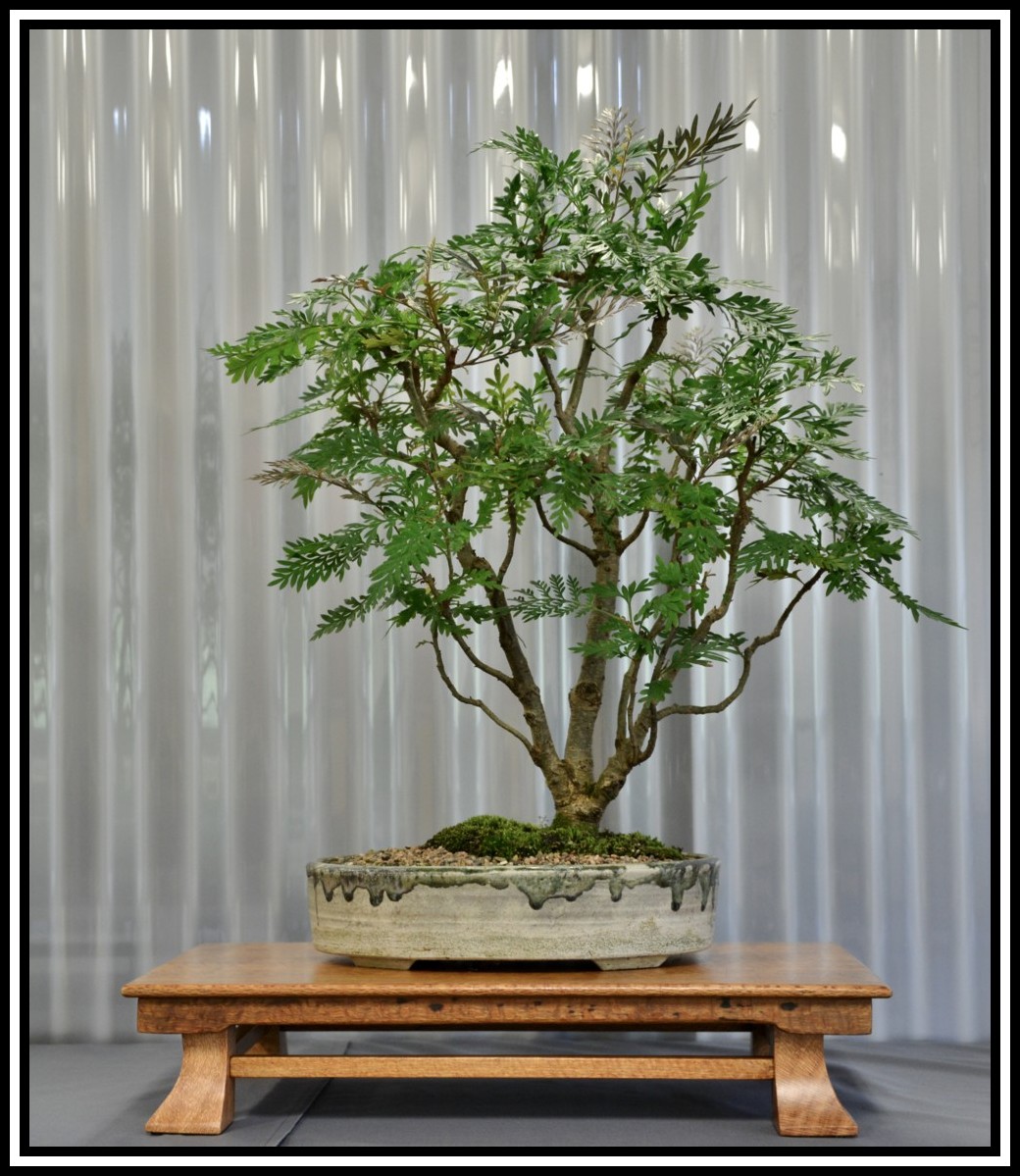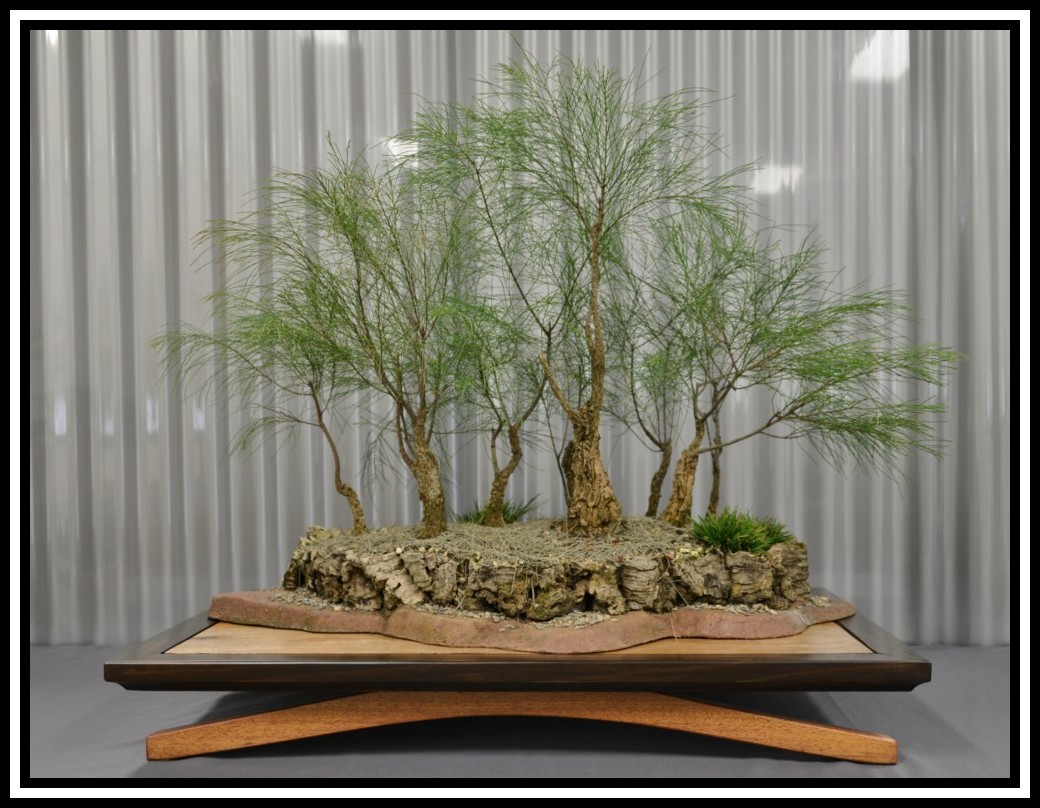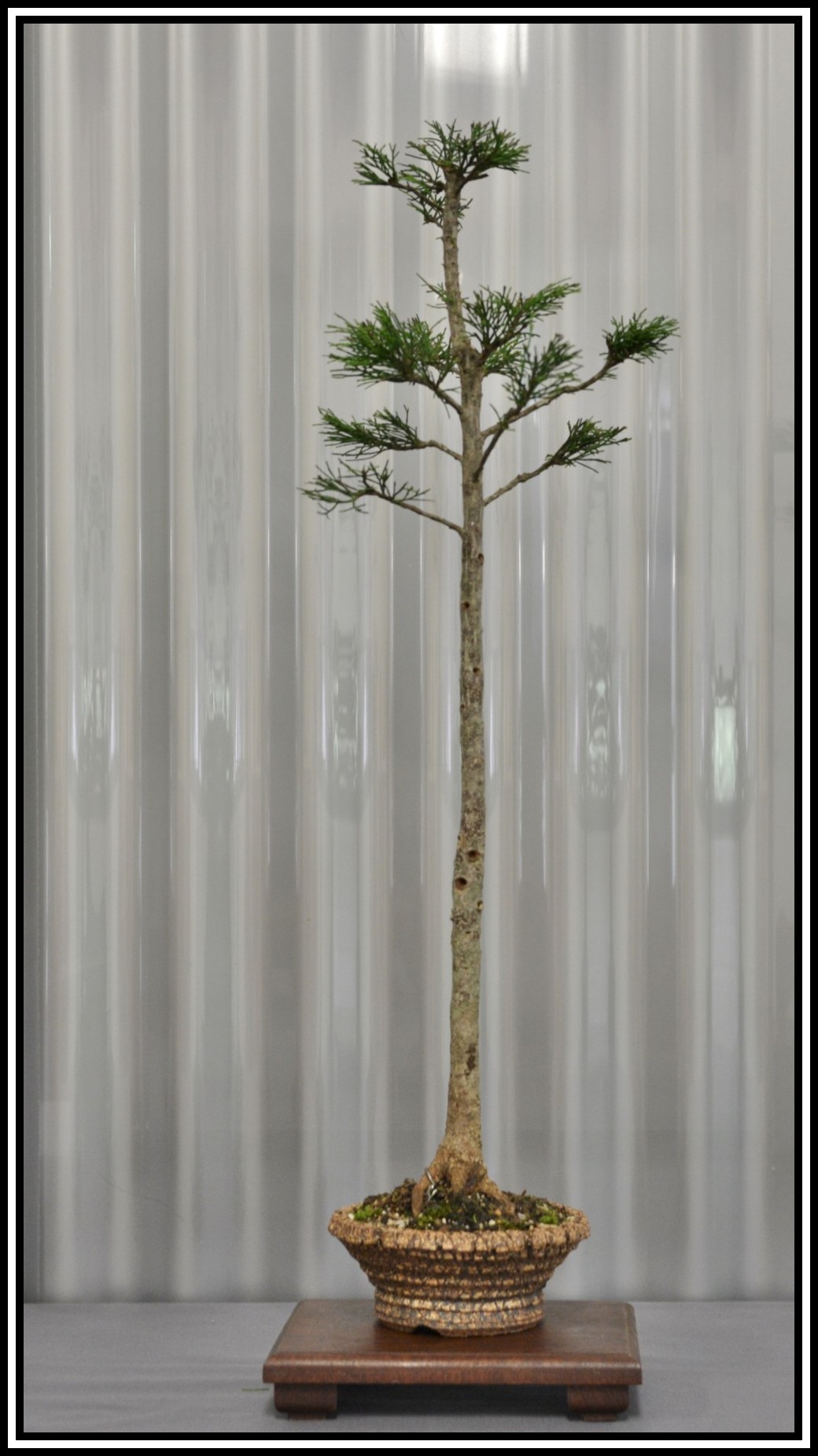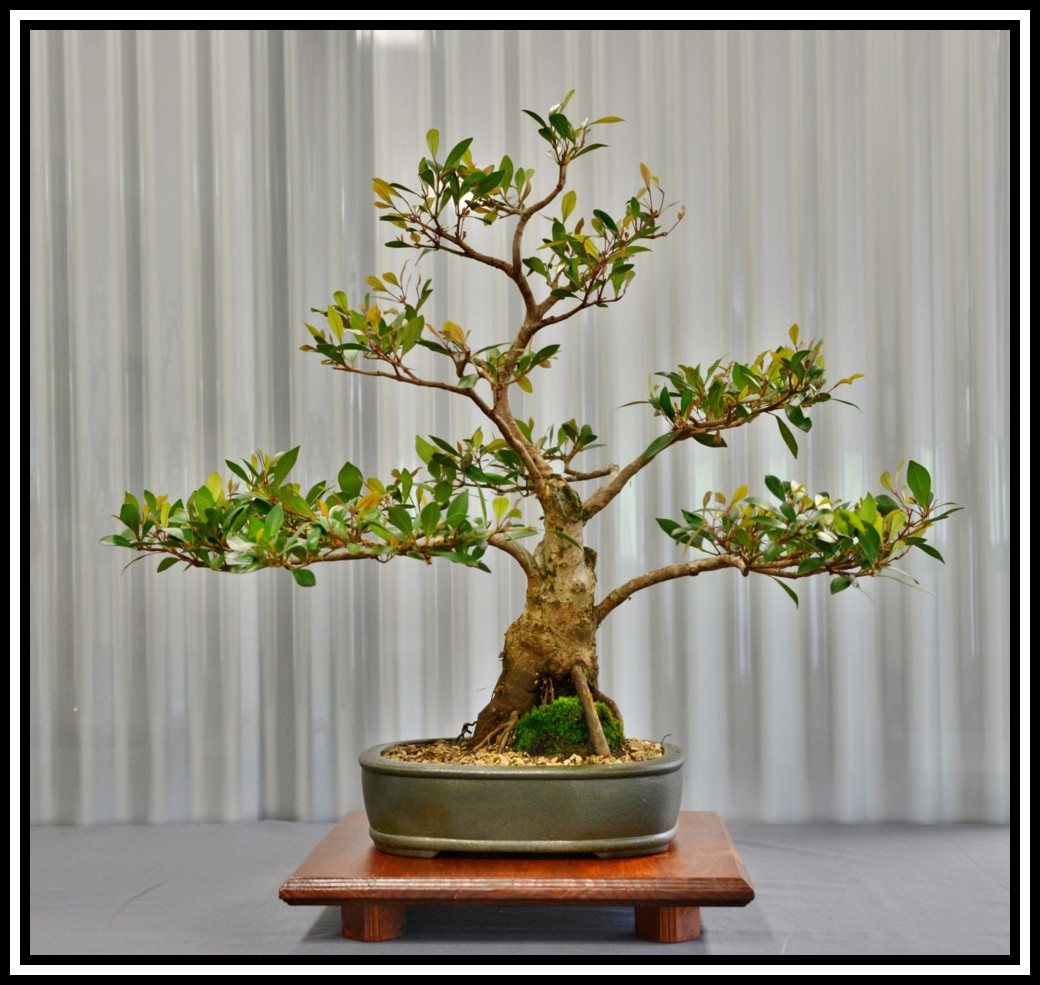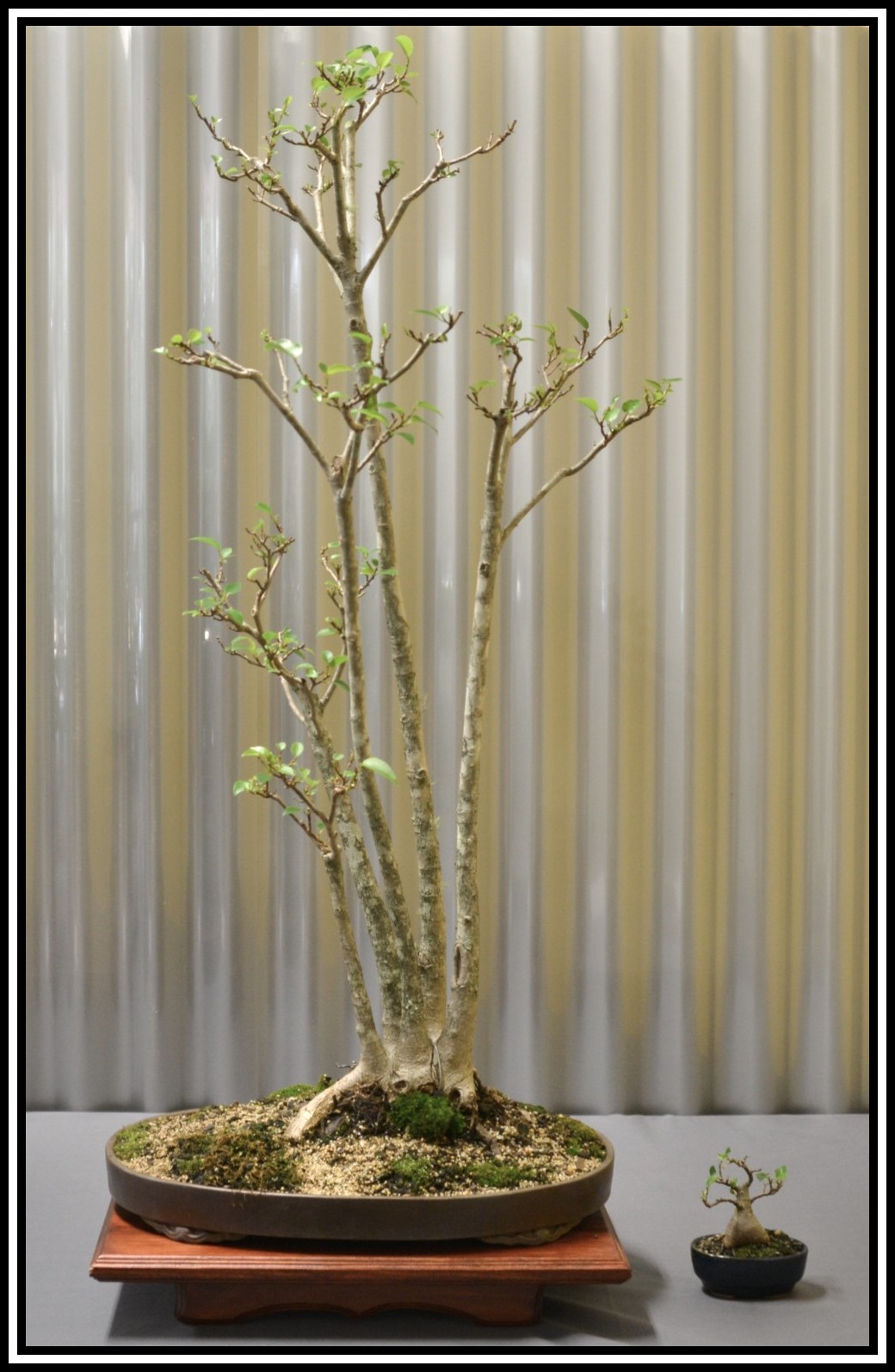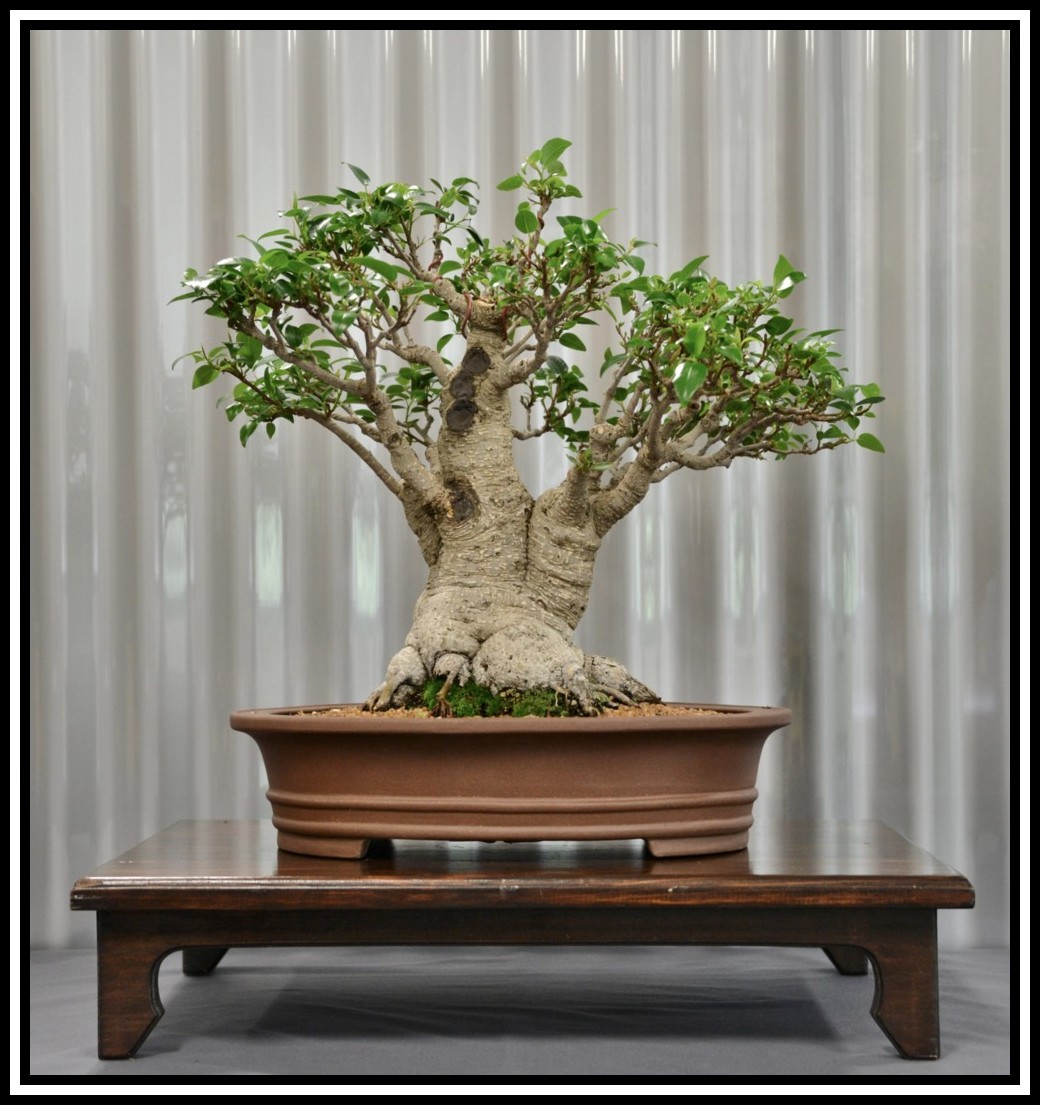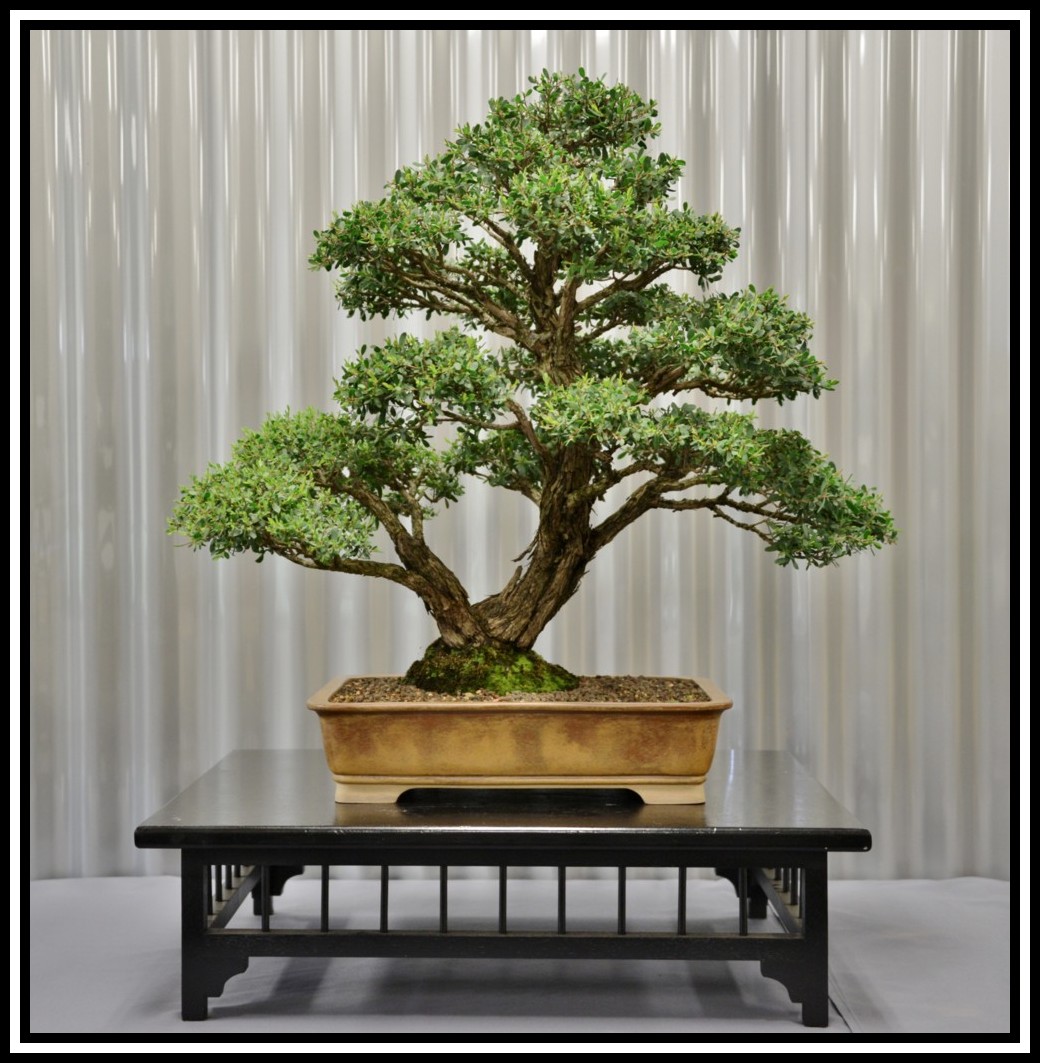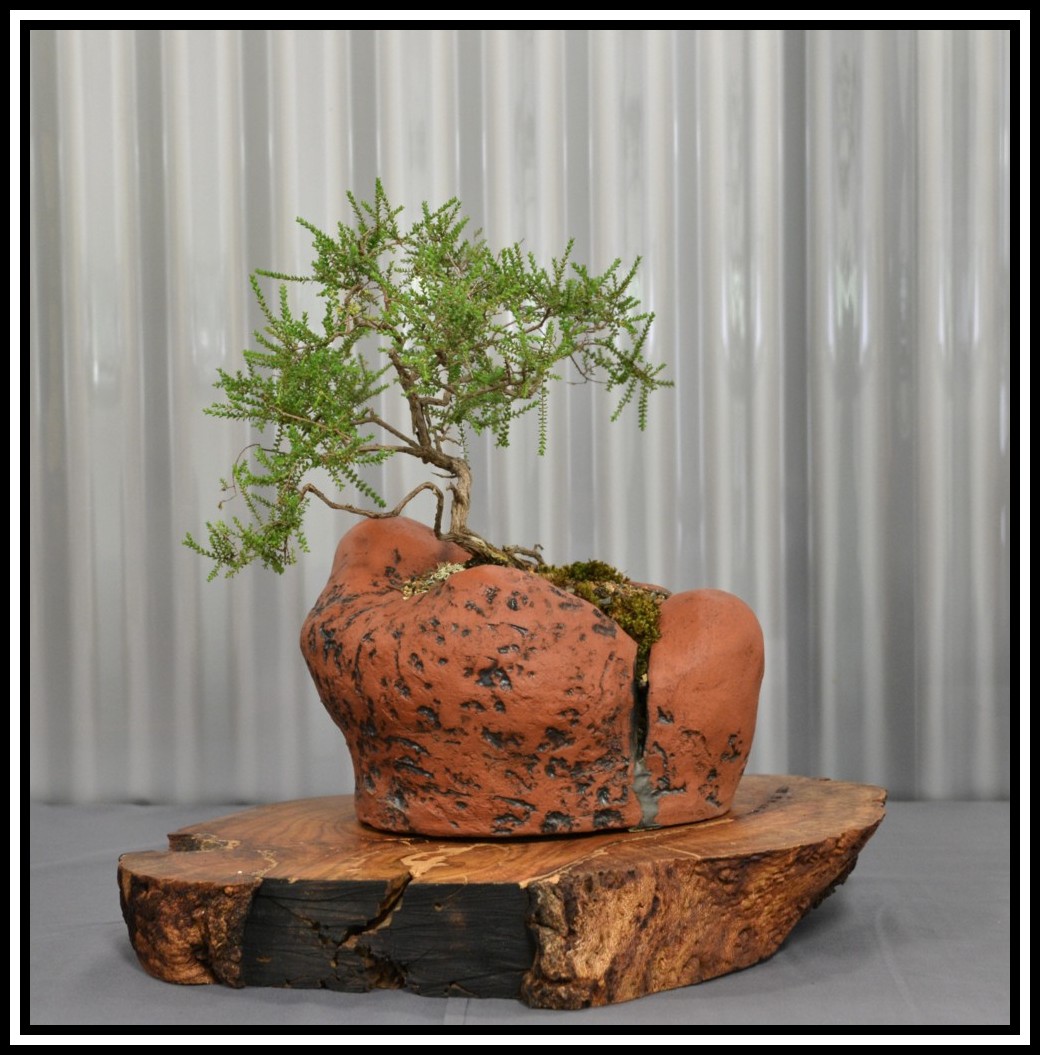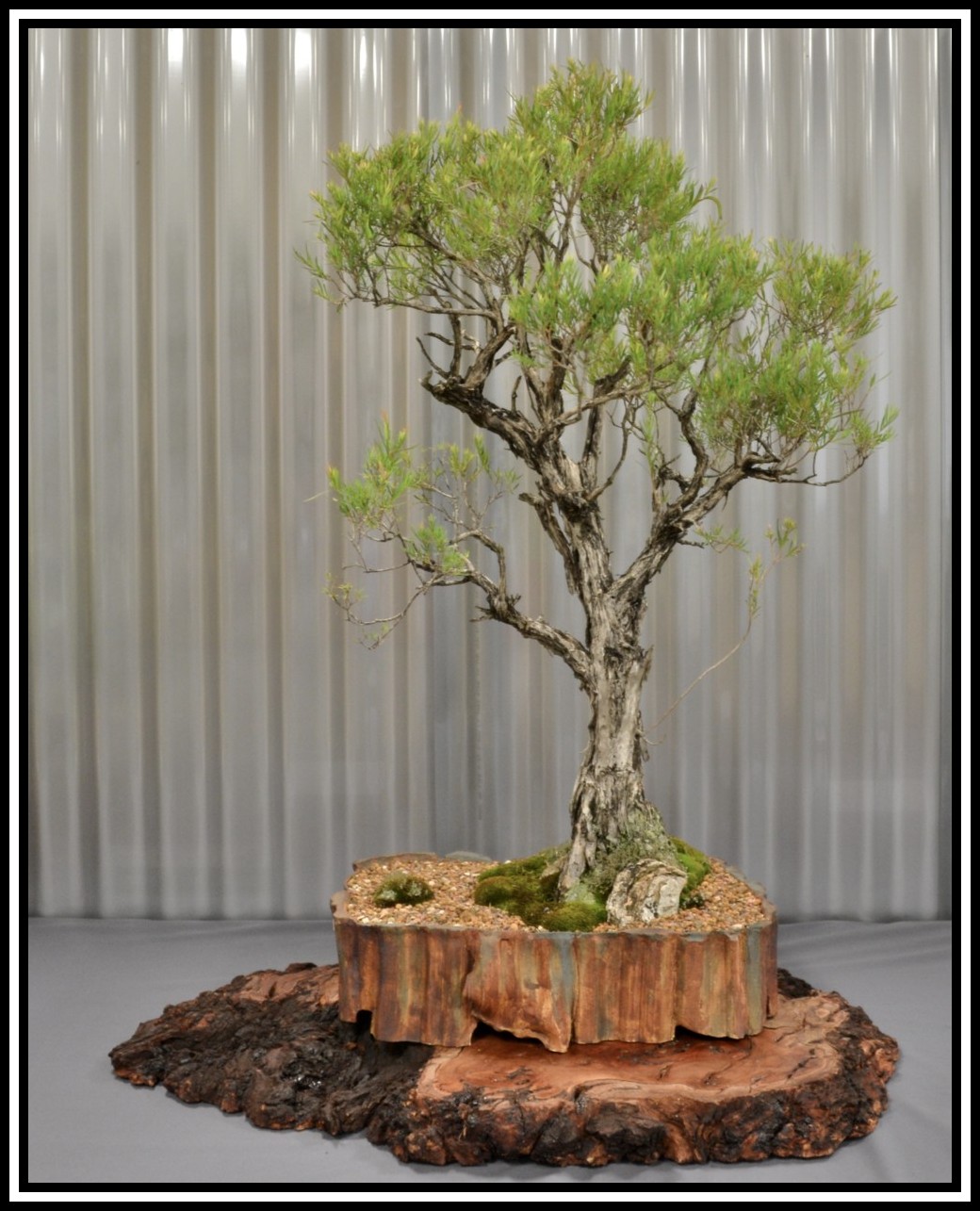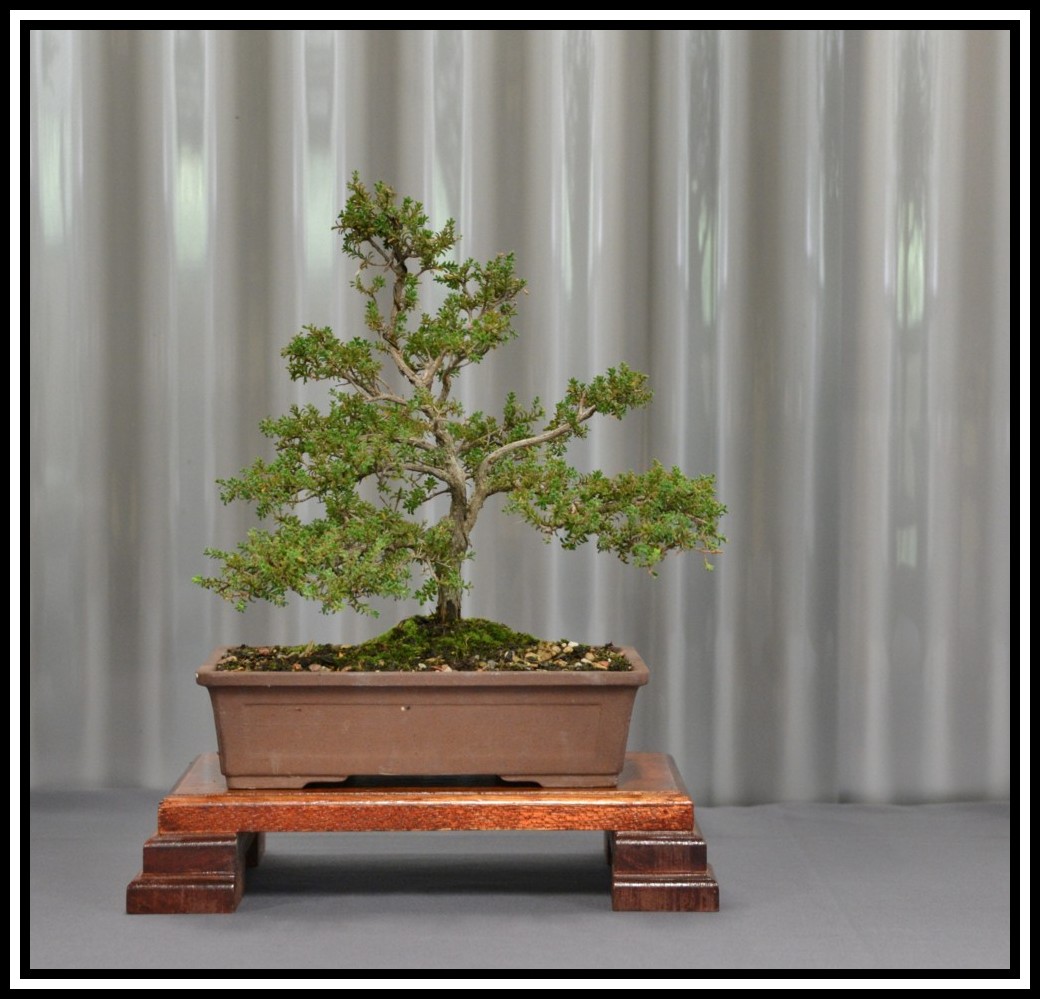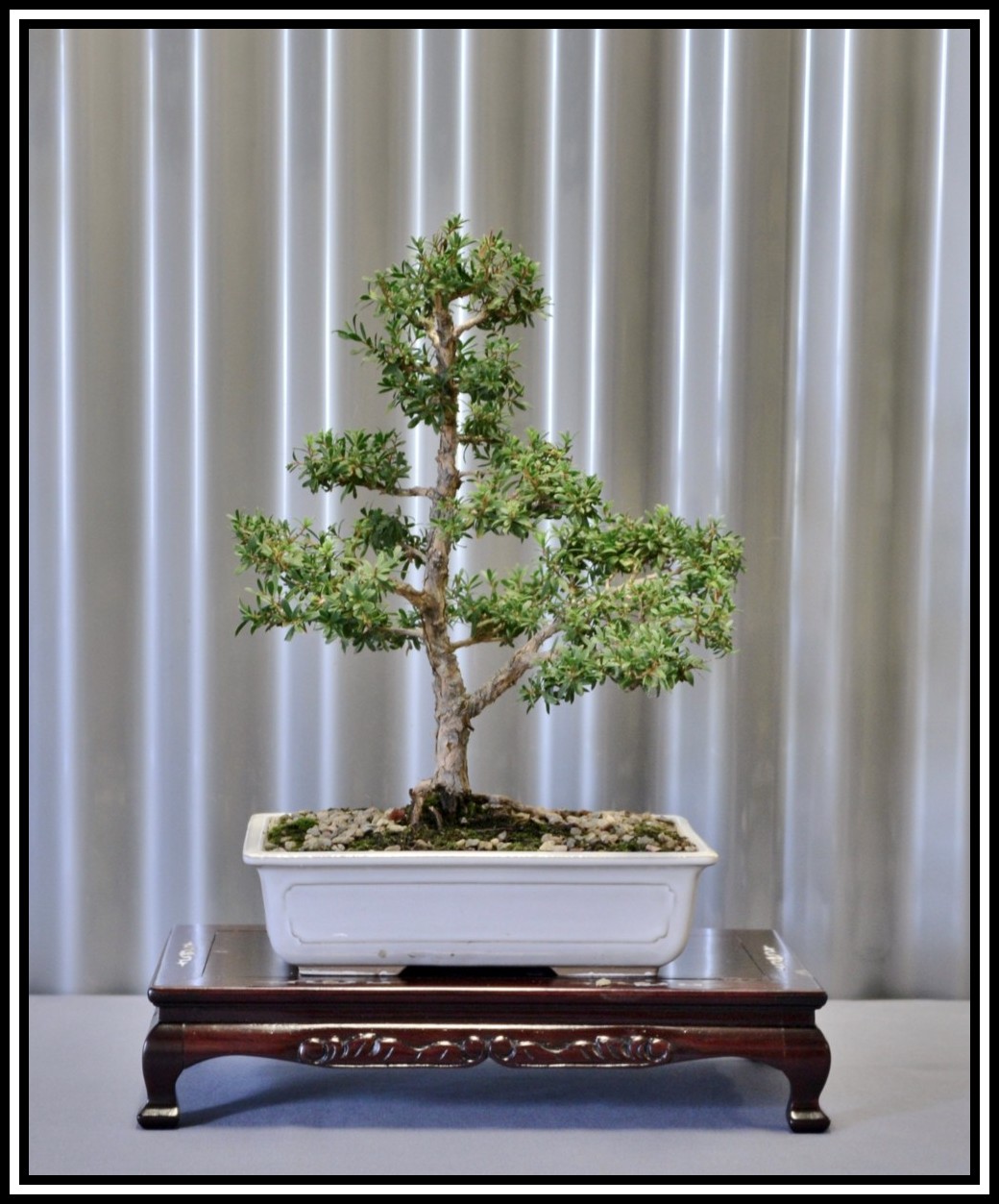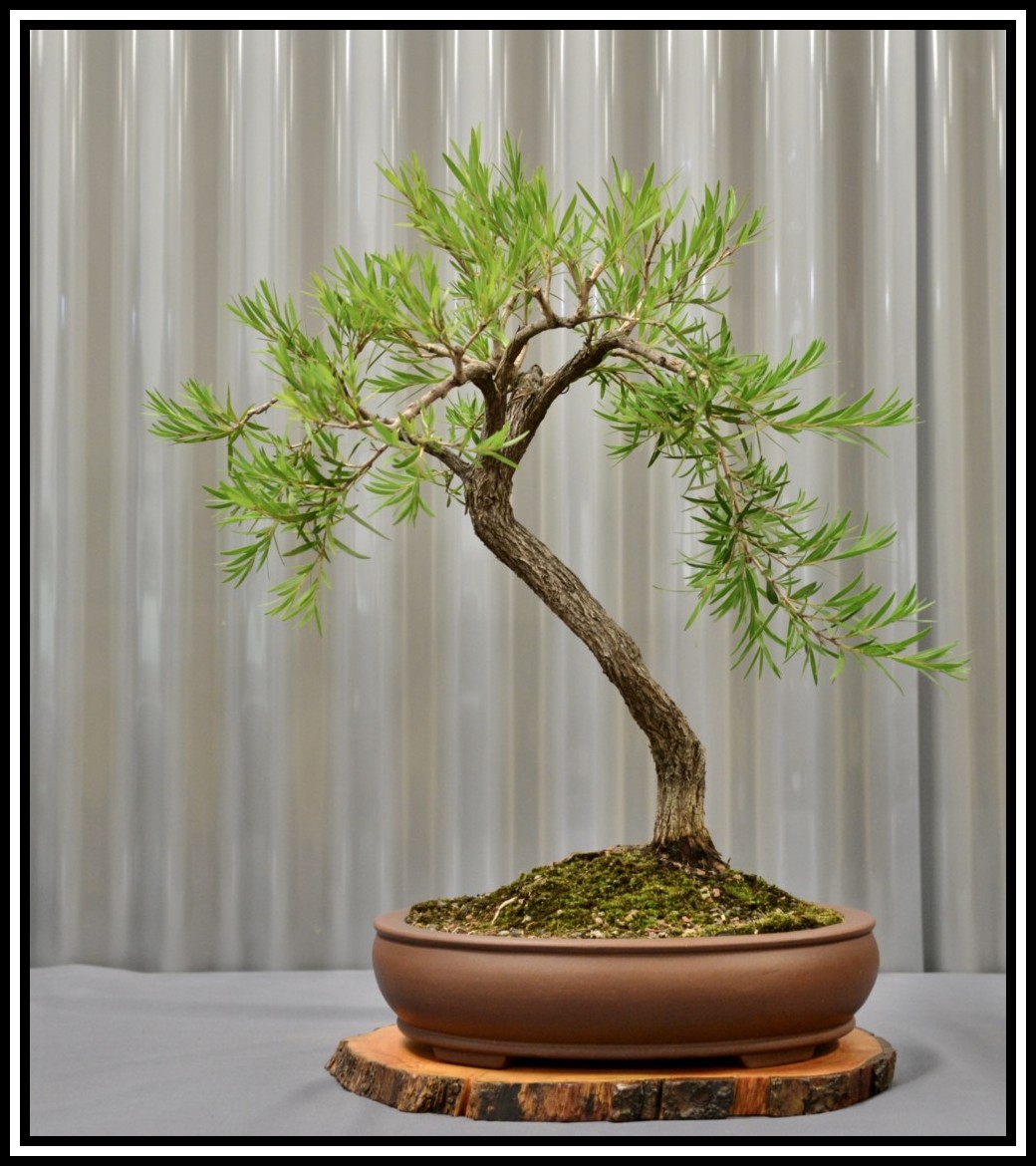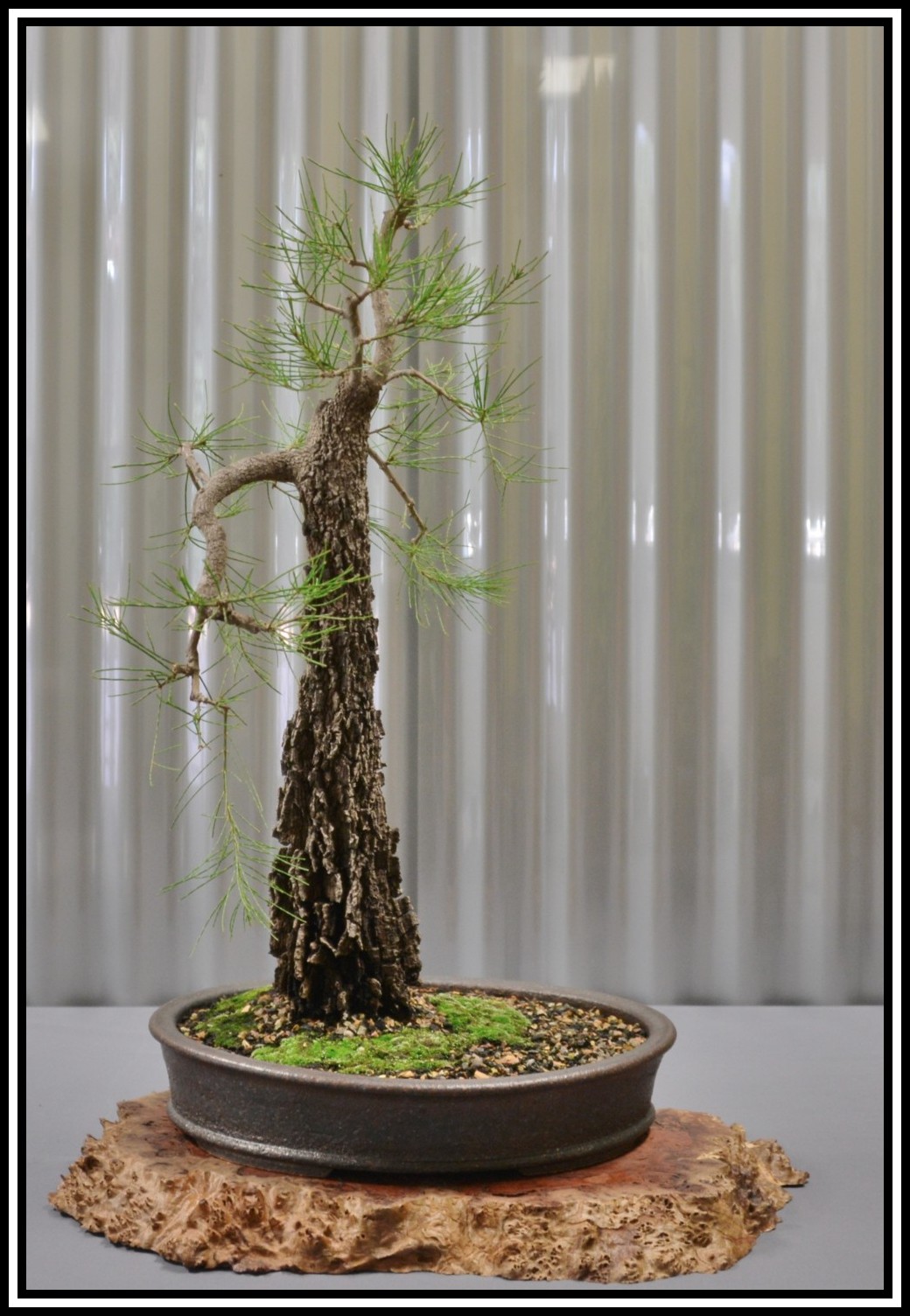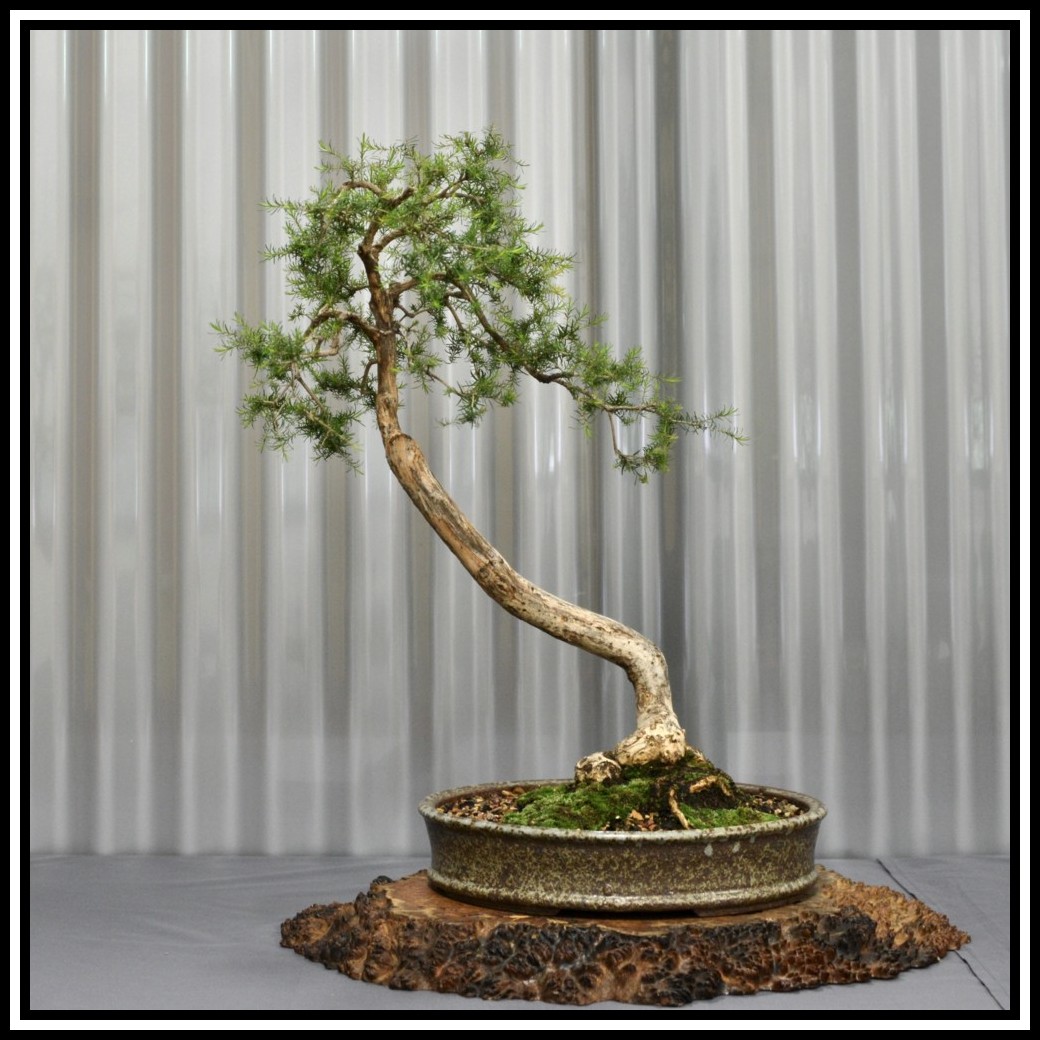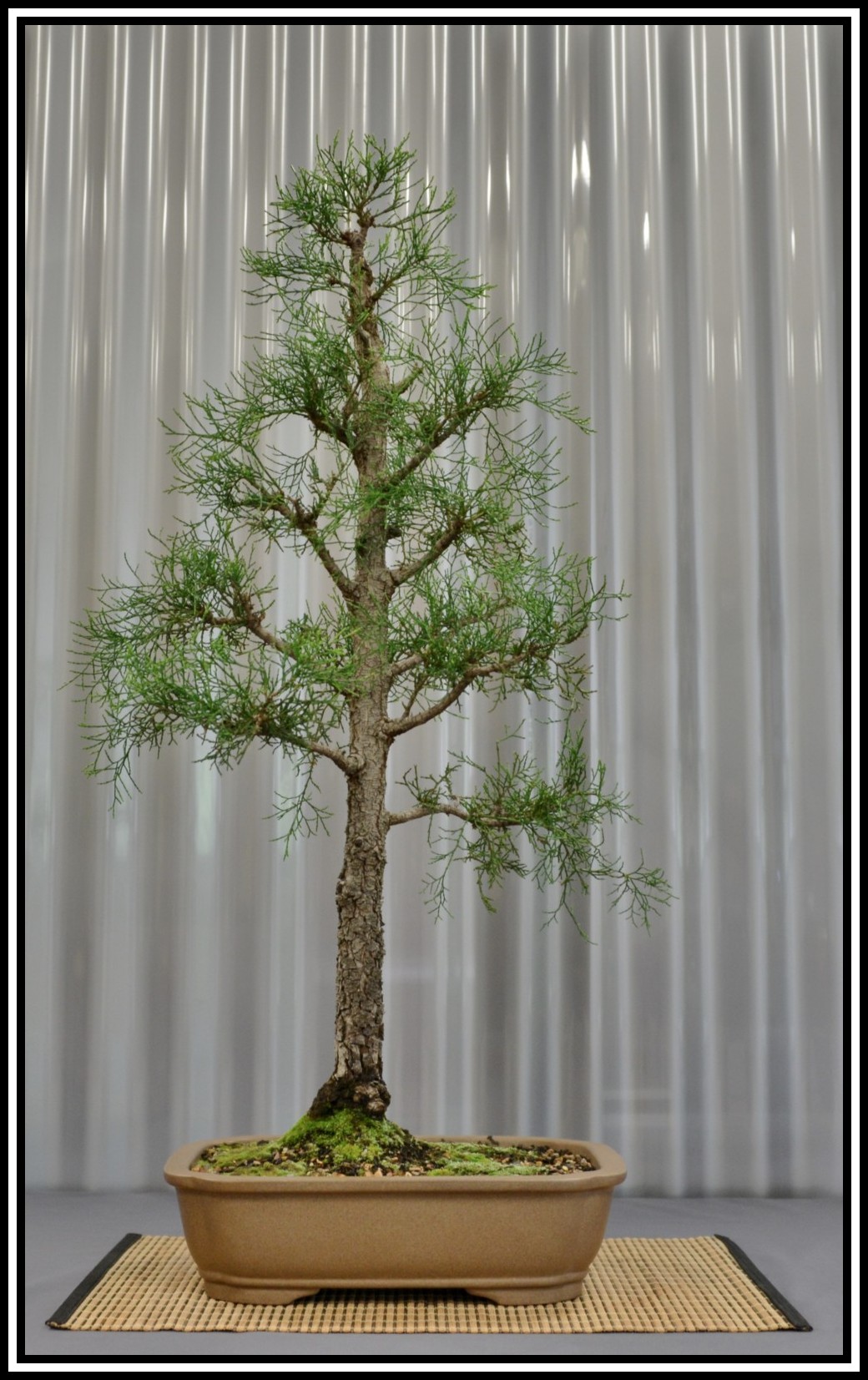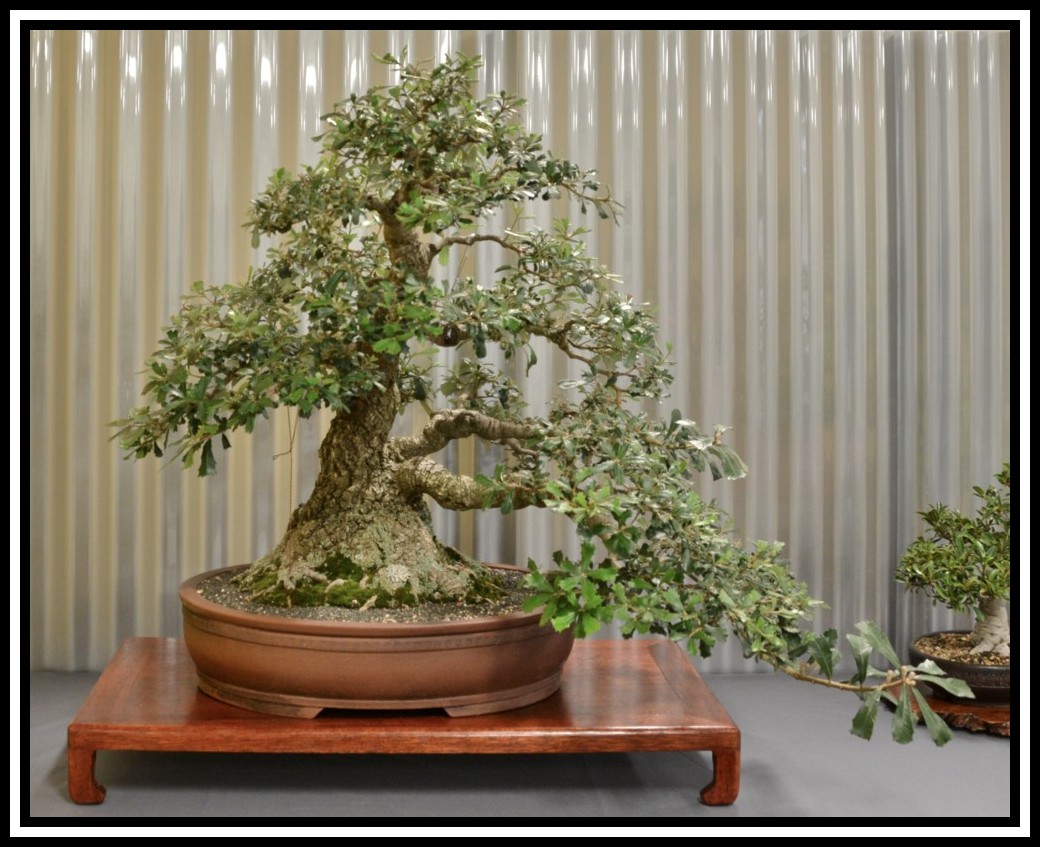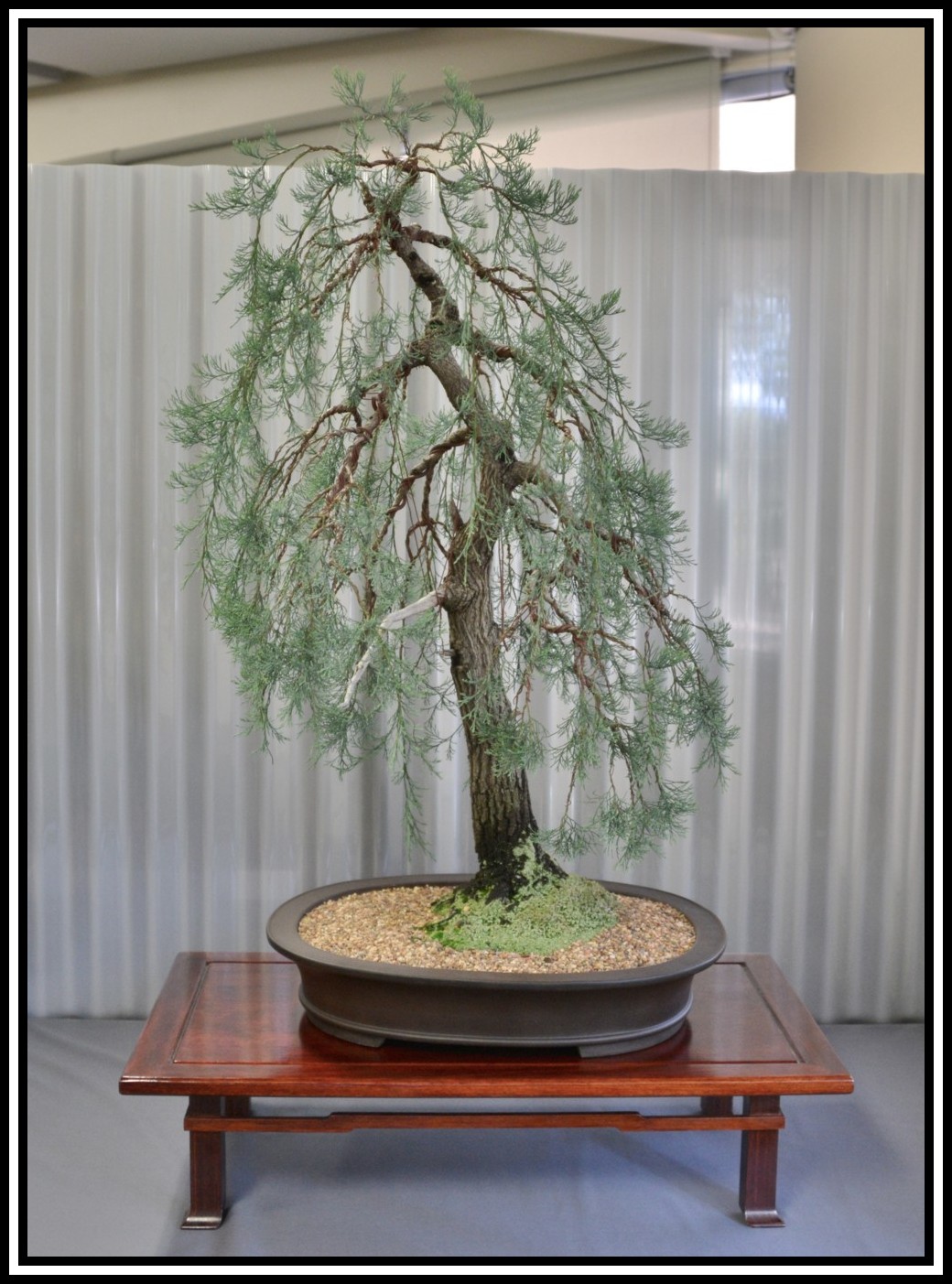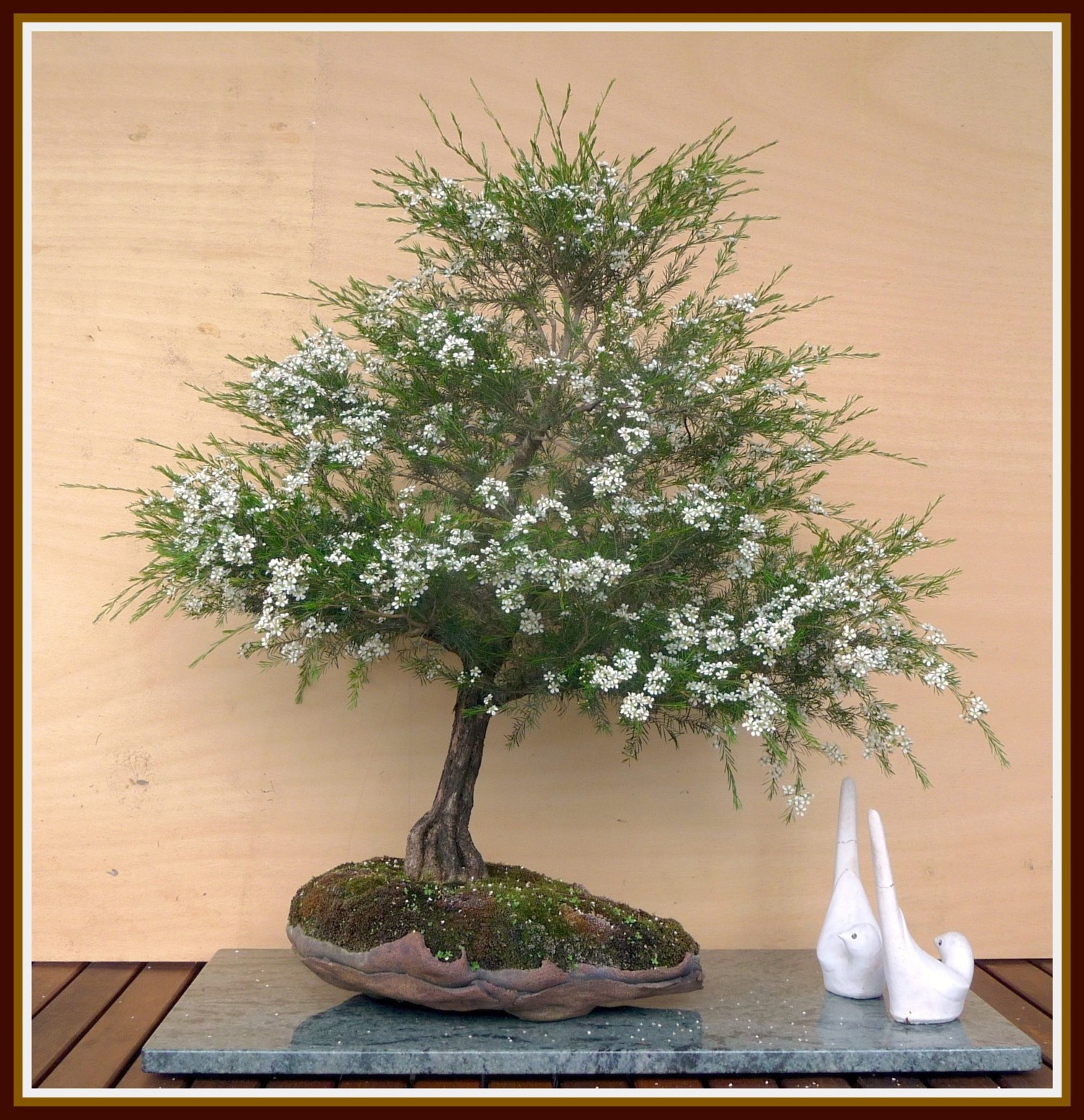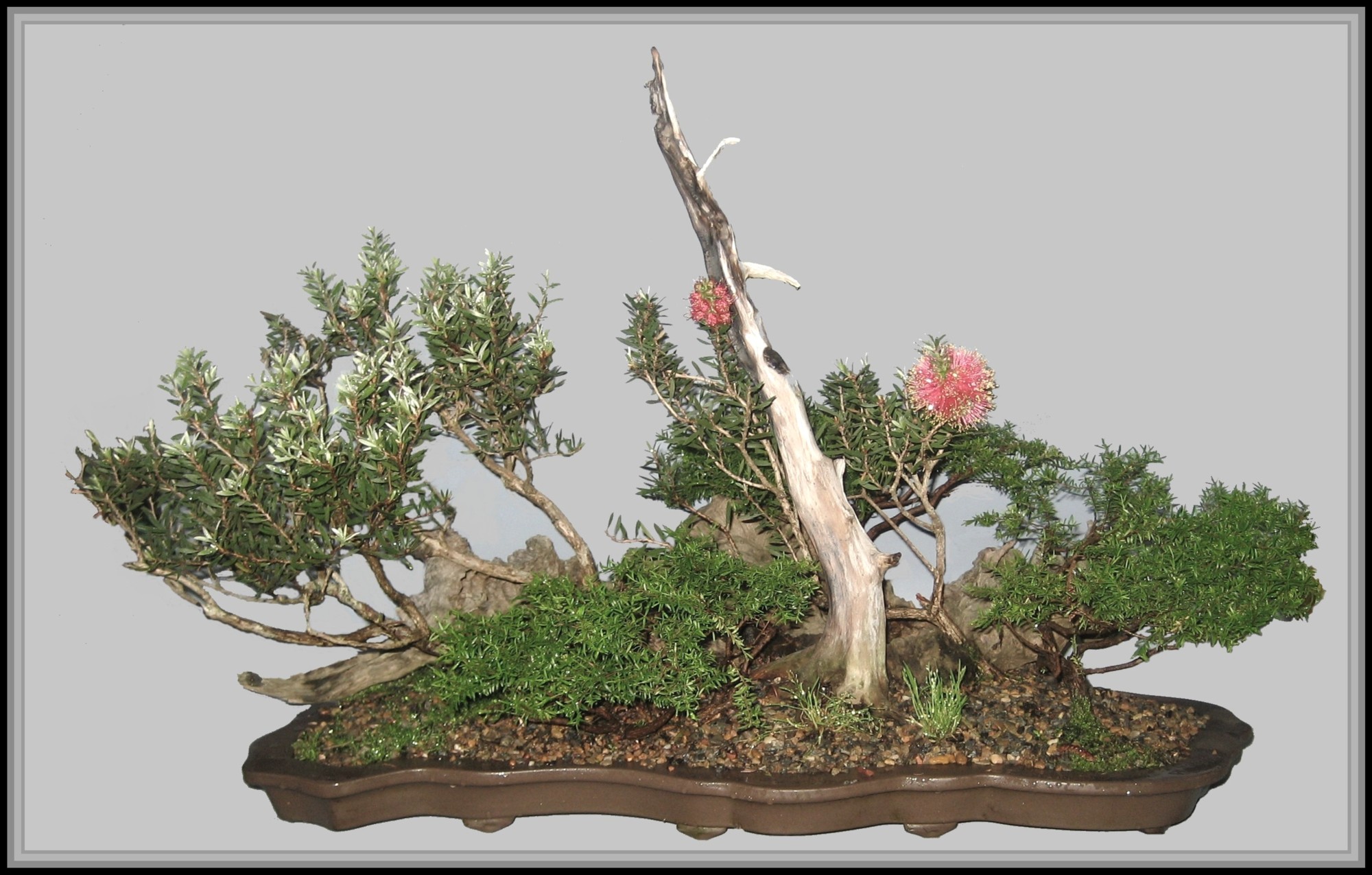Acacia pravissima
(Golden Carpet )
Allocasuarina littoralis
(Black She-oak )
Allocasuarina littoralis
(Black She-oak )
Allocasuarina torulosa
(Forest Oak )
Baeckea sp.
(Baeckea)
Banksia integrifolia
(Coast Banksia )
Callistemon sp.
(Bottlebrush - 35 year old )
Callistemon sp.
(Bottlebrush - 29 year old )
Callistemon viminalis.
'Dawson River' Weeper (Bottlebrush)
Callitris endlicheri
(Black Cypress Pine )
Callitris glaucophylla
(WhiteCypress Pine )
|
Eucalyptus elata
(River Peppermint )
Eucalyptus paniculata
(Grey Ironbark )
Eucalyptus sideroxylon
(Red Flowering Ironbark )
Ficus rubiginosa
(Port Jackson Fig )
Ficus rubiginosa 'Little Ruby'
(Port Jackson Fig )
Ficus rubiginosa
(Port Jackson Fig )
Ficus sp.
(Fig)
Grevillea robusta
(Silky Oak )
Gymnostoma australianum
(Daintree Pine )
Kunzea 'Badja Carpet'
(Kunzea Badja Carpet )
|
Kunzea ericoides
(Burgan )
Kunzea ericoides 'Snowman'
(Kunzea 'Snowman' )
Leptospermum laevigatum
(Coastal Tea Tree )
Leptospermum morrisonii 'White Opal'
(Tea Tree )
Leptospermum nitidum 'Copper Sheen'
(Tea Tree )
Leptospermum sp. and Ficus rubiginosa
(Small Leaf Tea Tree and Port Jackson Fig )
Melaleuca bracteata
(Black Tea Tree )
Melaleuca ericifolia
(Swamp Paperbark )
Melaleuca linariifolia
(Flax-leaved Honey-Myrtle )
Melaleuca viminalis
('Captain Cook' )
Syzygium smithii var. minor
(Lilly Pilly )
|
